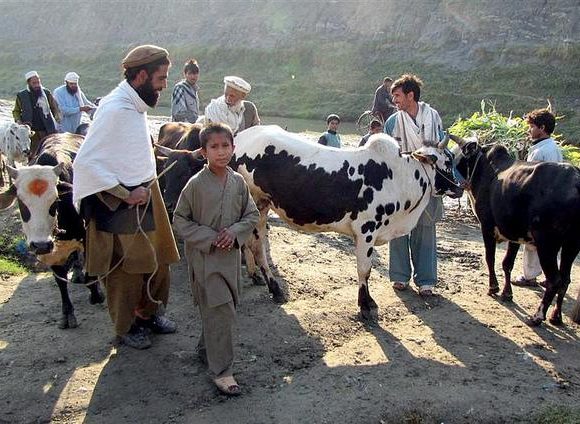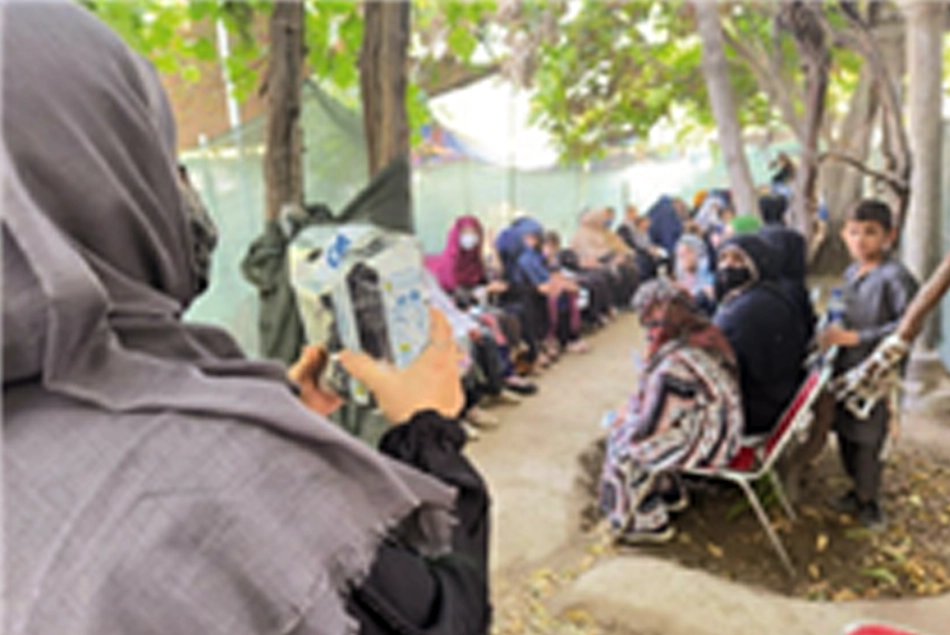Health (Nutrition)
The food insecurity in Afghanistan remains alarmingly high. An estimated 23.7 million people–more than half of Afghanistan’s population are projected to require humanitarian assistance mainly due to the residual impacts of extreme climate shocks and the country’s severe economic decline, which is characterized by high unemployment and a fragile recovery.
Undernutrition is highly prevalent among children under five in Afghanistan and is an underlying cause of the high under-five mortality rates in the country. A recently released report by UNICEF shows that In Afghanistan, 40% of the children (2.6 million) are living in severe food poverty. Nutrition Cluster estimates that almost 6.6 million children and women will suffer from acute malnutrition in 2024; 3.7 million children and around 2 million women will suffer from moderate wasting and 857,155 children are expected to suffer from severe wasting who are at risk of death if immediate action is not taken.
TSDO since 2021 has provided nutrition services for children, lactating and pregnant women in Nad Ali, Marja, Lashkargah as well as in Nangarhar in Shirzad, Khogiani, Surkhroad and Dehballah districts. Since January 2022, TSDO, as partner of WFP, provided food packages and cash for vulnerable families and 1000 children aged 6– 59 months as well as lactating and pregnant mothers received supplementation of food packages of WAWA MuM (LNS-MQ and super cereals WSP.











